Cauda Equina Syndrome Radiology
Cauda equina syndrome radiology. This imaging marker may serve as an additi. The clinical and radiologic findings in five patients with this syndrome are described. Specialized neurologic nerve testing of the lower extremities such as nerve conduction velocity NCV and electromyography EMG tests can indicate nerve irritation effects in the low back.
The cauda equina is formed by the nerve roots caudal to the level of the conus medullaris. The case to be presented is interesting in that the initial presenting problem was a cauda equina syndrome. There is also severe neural foraminal stenosis secondary to the disc bulging and degenerative facet joint.
Cauda equina syndrome is a relatively rare condition comprising around 26 of lumbar disc operations 16 17 31 with an incidence in the population thought to be between 1 in 33000 to 1 in 100000. Typical findings include cutaneous sensory impairment of the lower limbs and perineum with sphincter disturbances. In Slovenia a retrospective review found an incidence of CES resulting from a lumbar disc prolapse of 18 per million population.
Urgent imaging is required and must be with MRI. The most common etiology of CES is a large central lumbar disc herniation at the L4-5 or L5-S1 level. Cauda equina syndrome refers to a collection of symptoms and signs that result from severe compression of the descending lumbar and sacral nerve roots.
Anatomy and localization of spinal cord disorders. One of the degenerative etiology of cauda equina compression is lumbar disc herniation most common at L45 and L5S1 which is the case in the patient with L5S1 central disc extrusion. Missing timely diagnosis of cauda equina compression can end up in irreversible bowel bladder and sexual dysfunction.
CT percentage thecal sac effacement of. It is rare with an estimated incidence of 1 in 2000 1. The collection of nerves at the bottom of the spinal cord is called the cauda equina because it is said to look like a horses tail.
Cauda equina syndrome can be confirmed with neurologic and radiology testing but such testing should not be delayed. Based on the clinical presentation of an acute severe low back pain bilateral radiculopathy perianal paresthesia coinciding with sexual dysfunction an impression of cauda equina syndrome.
One of the degenerative etiology of cauda equina compression is lumbar disc herniation most common at L45 and L5S1 which is the case in the patient with L5S1 central disc extrusion.
Cauda equina syndrome is a relatively rare condition comprising around 26 of lumbar disc operations 16 17 31 with an incidence in the population thought to be between 1 in 33000 to 1 in 100000. This imaging marker may serve as an additi. The cauda equina is formed by the nerve roots caudal to the level of the conus medullaris. This extrusion is indenting anteriorly the thecal sac and conditioning severe central canal stenosis and no CSF surrounding the cauda in the thecal sac. Cauda equina syndrome can be confirmed with neurologic and radiology testing but such testing should not be delayed. CT percentage thecal sac effacement of. The cauda equina syndrome is a rare but well-recognised complication of longstanding ankylosing spondylitis usually presenting when the joint disease is quiescent. Typical findings include cutaneous sensory impairment of the lower limbs and perineum with sphincter disturbances. It is rare with an estimated incidence of 1 in 2000 1.
Based on the clinical presentation of an acute severe low back pain bilateral radiculopathy perianal paresthesia coinciding with sexual dysfunction an impression of cauda equina syndrome. Typical findings include cutaneous sensory impairment of the lower limbs and perineum with sphincter disturbances. Cauda equina syndrome is an emergency. Cauda equina syndrome is a relatively rare condition comprising around 26 of lumbar disc operations 16 17 31 with an incidence in the population thought to be between 1 in 33000 to 1 in 100000. There is also severe neural foraminal stenosis secondary to the disc bulging and degenerative facet joint. Cauda equina syndrome CES is an emergency spinal pathology that can lead to devastating permanent functional disabilities. This is a rare disorder where there is pressure on the nerves at the very bottom of the spinal cord.
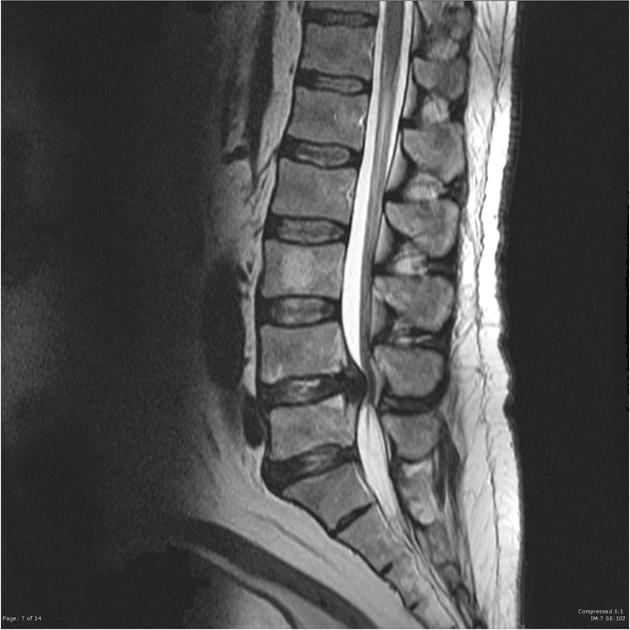




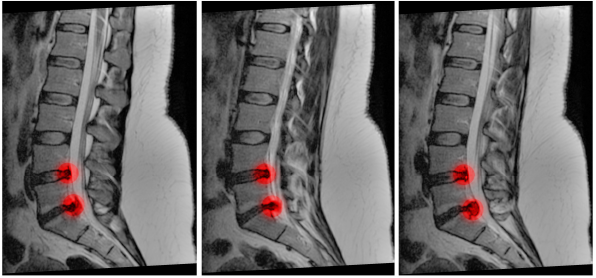











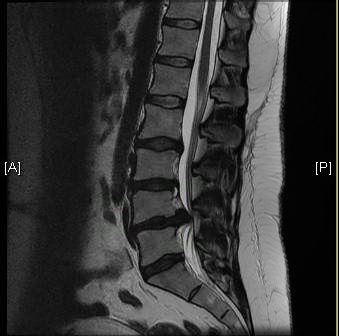






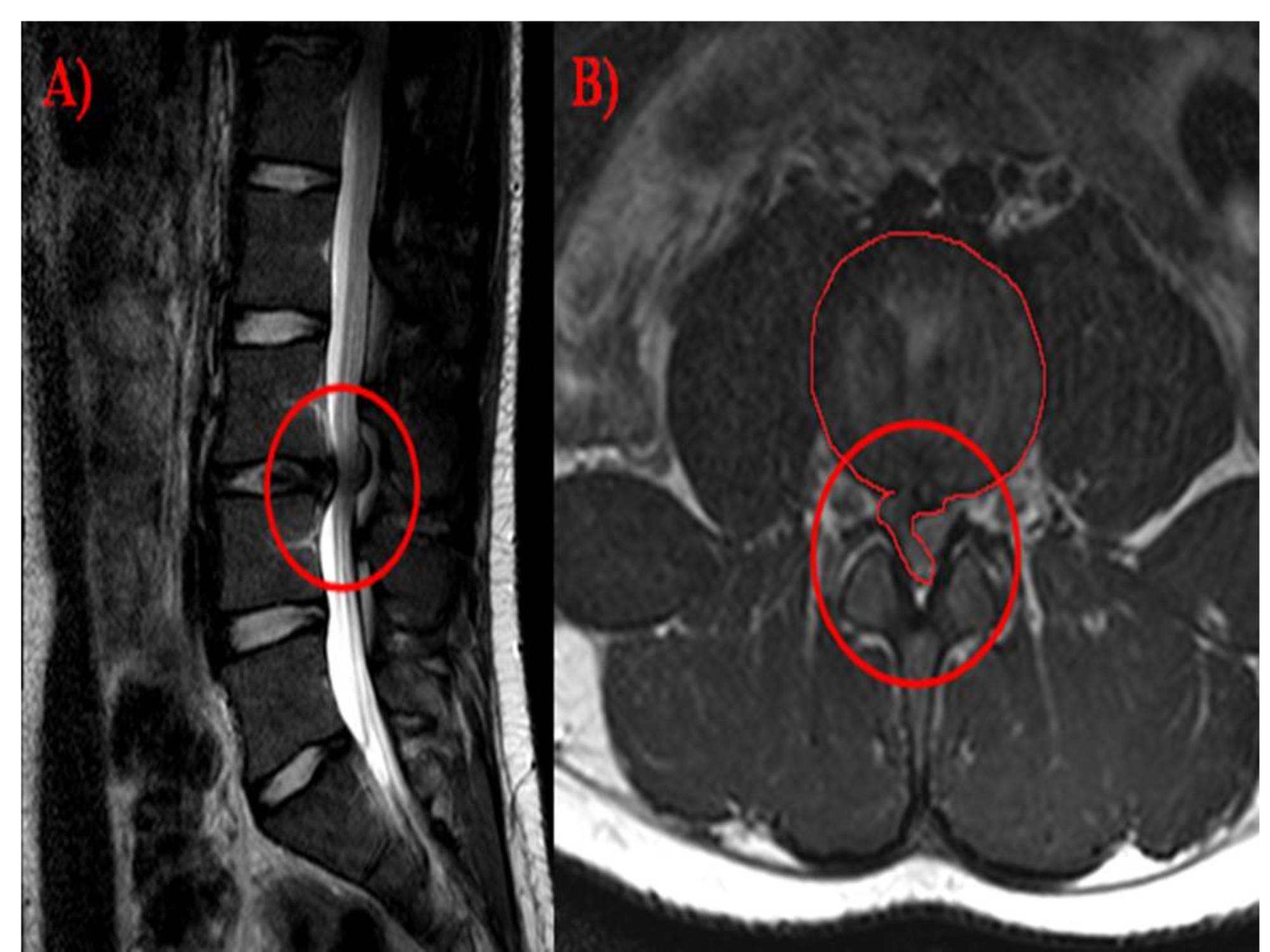


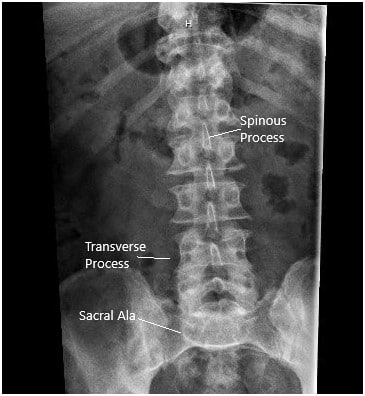

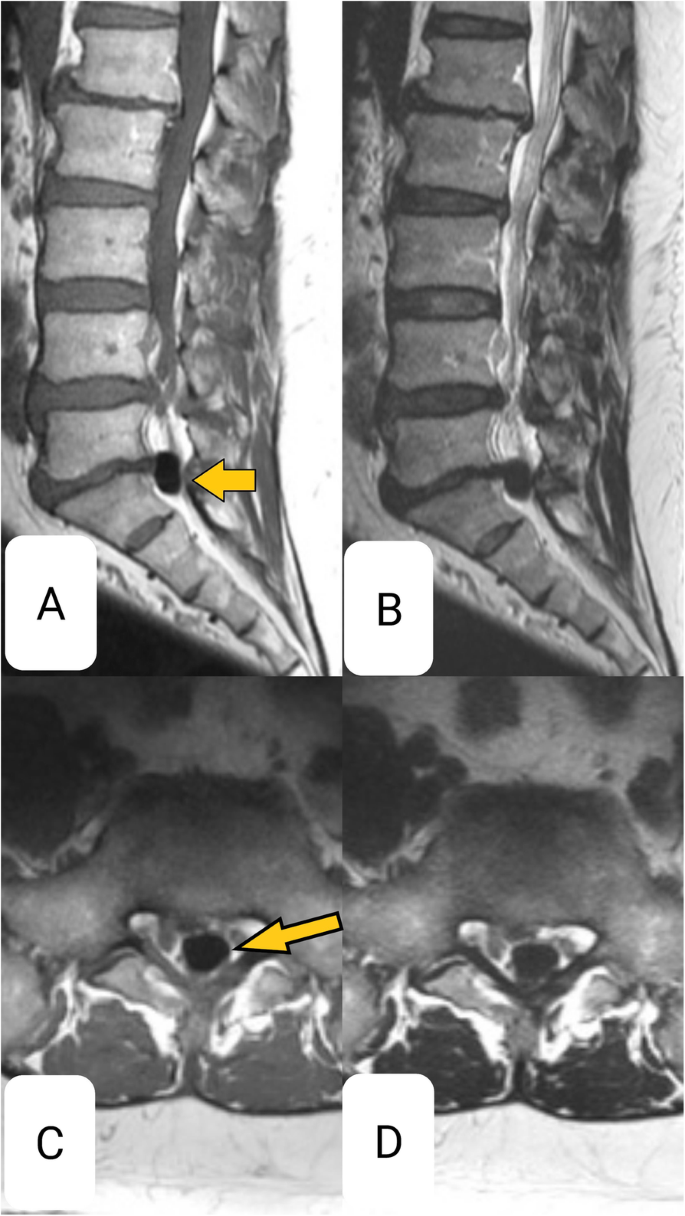

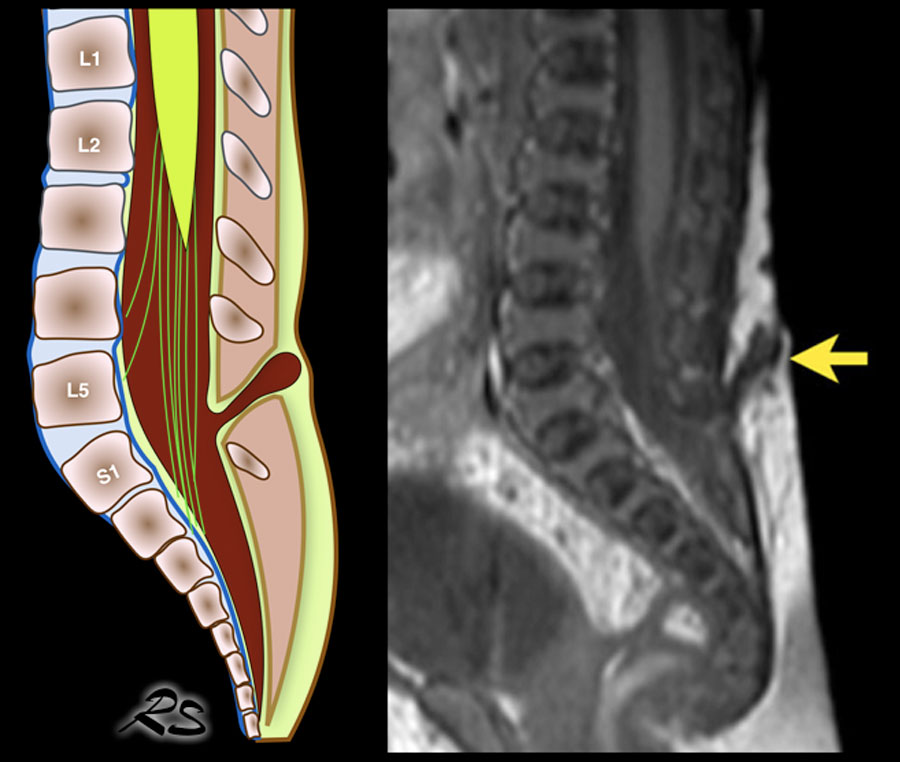





Post a Comment for "Cauda Equina Syndrome Radiology"